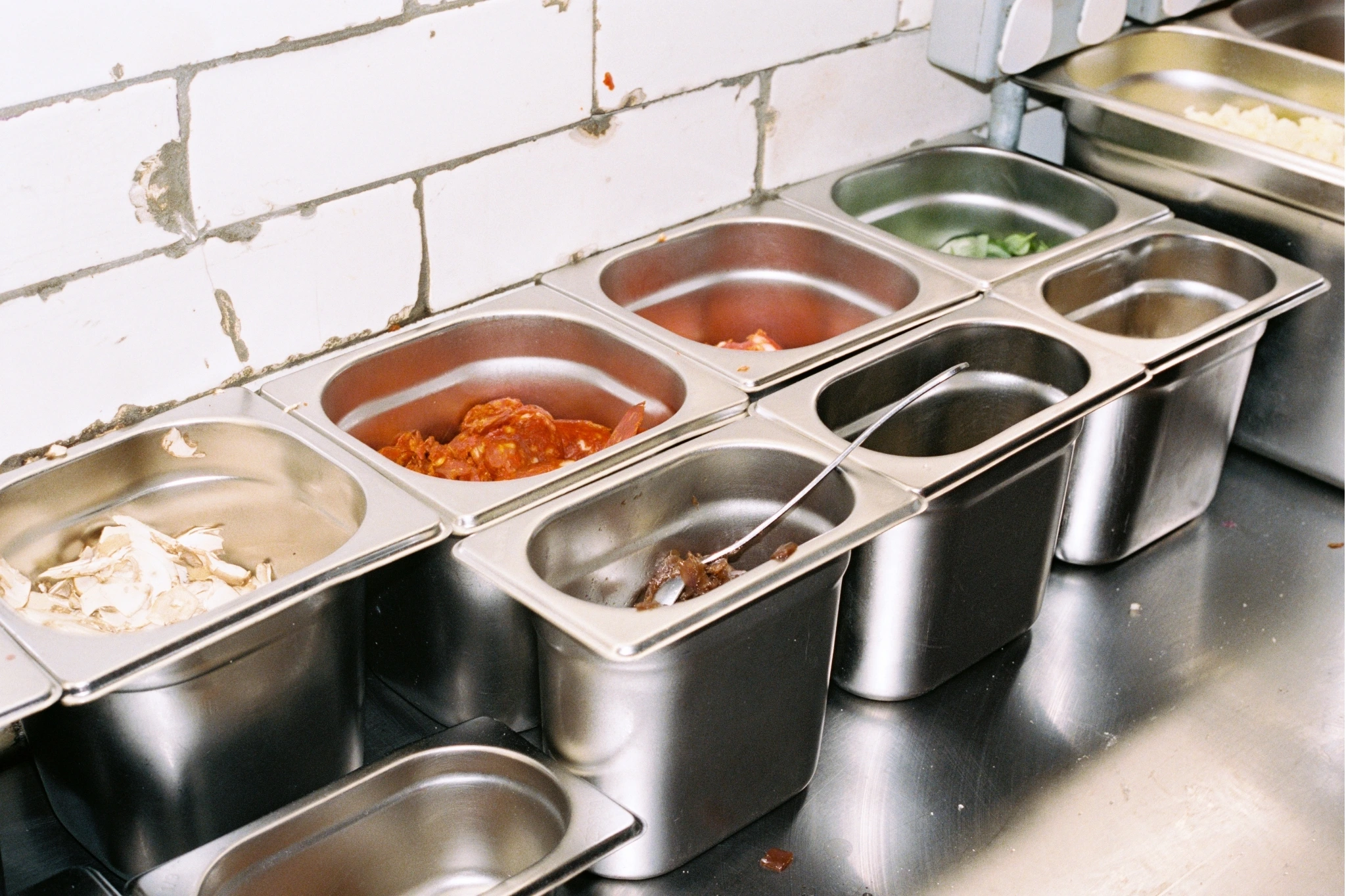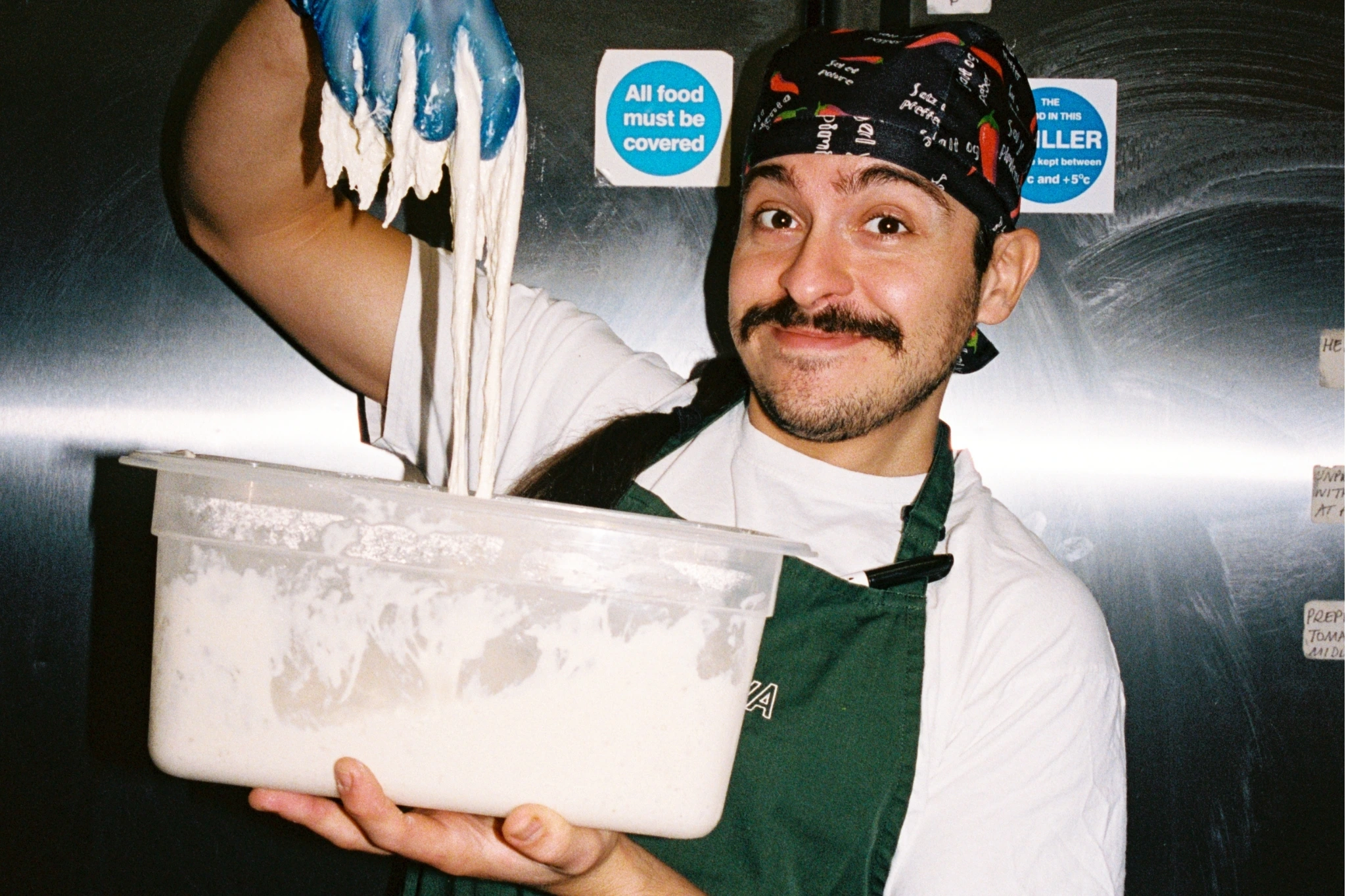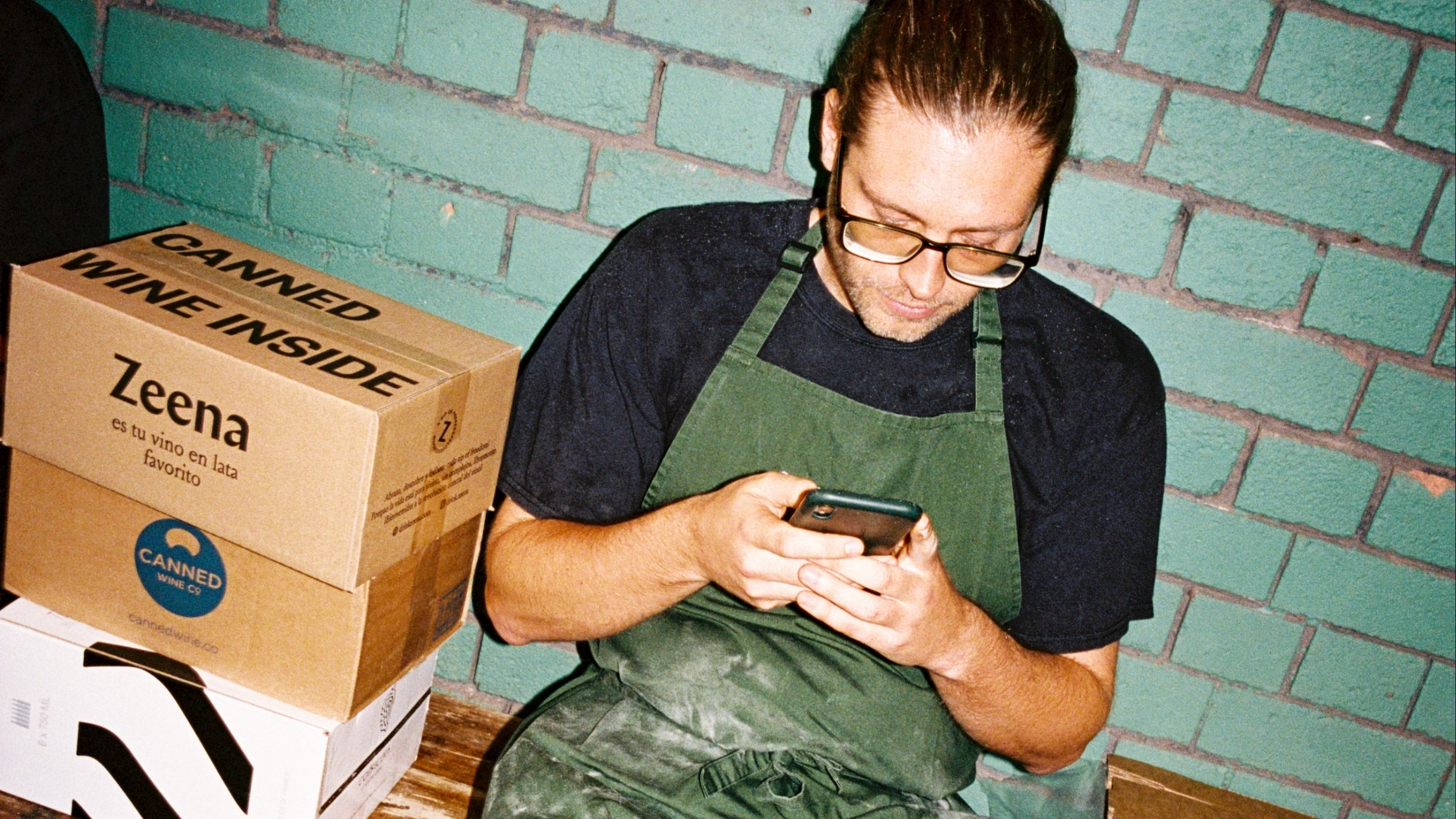How to calculate PAR level in a restaurant
Running a restaurant without accurate inventory control is like flying blind. One of the most important tools for keeping stock levels balanced — and costs under control — is your par level.
Par levels tell you exactly how much of each item you should have on hand at all times. Get it right, and you’ll reduce waste, avoid stock-outs, and improve cash flow. Get it wrong, and you risk frustrated customers, higher food costs, and unnecessary stress for your team.
In this guide, we’ll explain what a restaurant par level is, how to calculate it, where traditional methods fall short, and how Nory can help you automate and optimise the process.
What is a par level (and why it matters)?
A par level is the minimum amount of a product you should have in stock to meet demand until your next delivery — with a buffer to account for unexpected usage.
In practical terms:
- Too low → You run out of menu items, frustrate guests, and disrupt service.
- Too high → You overstock, tie up cash, and increase the risk of waste.
Par levels are essential for:
- Inventory control: Ensuring the right products are always available without overspending.
- Waste reduction: Avoiding spoilage of perishable items.
- Cash flow optimisation: Preventing unnecessary capital from sitting on the shelves.
- Consistency across locations: Multi-site operators can maintain the same standards everywhere.
The traditional par level formula (and its limitations)
Most restaurants calculate par levels with a simple equation:
Par Level = (Average Daily Usage × Lead Time in Days) + Safety Stock
- Average Daily Usage = How much you typically use per day.
- Lead Time = How long it takes for an order to arrive.
- Safety Stock = Extra inventory to cover unexpected demand.
Example:
If you use 20kg of chicken per day, have a lead time of 3 days, and want 10kg as safety stock:
Par Level = (20 × 3) + 10 = 70kg
Where this falls short:
- Manual entry errors can throw off accuracy.
- Doesn’t account for seasonality or menu changes.
- Ignores sales patterns by daypart or promotion.
- Requires constant human updates.
How Nory optimises par level management
With Nory, par levels aren’t static numbers — they’re dynamic, data-driven, and updated in real time.
Smart Calculations
- Pulls historical sales data directly from your POS.
- Accounts for supplier lead times and delivery schedules.
- Includes safety stock adjustments based on volatility.
Dynamic Adjustments
- Adapts par levels for seasonal demand, special events, or local trends.
- Recognises spikes caused by promotions or one-off menu items.
Automation
- Sends low-stock alerts to managers before you run out.
- Generates predictive ordering suggestions.
- Integrates with supplier ordering systems to reduce admin time.
Multi-Site Control
- Standardises par levels across all locations.
- Allows for site-specific adjustments based on local demand.
Best practices for managing restaurant par levels

Segment by perishability and value
Perishable, high-value items (e.g., seafood) need tighter controls than dry goods.
Review par levels regularly
Menu changes, seasonal shifts, and supplier issues can all require adjustments.
Involve multiple teams
Kitchen staff, purchasing, and finance should all have input.
Use mobile tools for real-time updates
With Nory, staff can update counts on the go without waiting for back-office sessions.
Integrating par level tracking with the bigger picture
Par levels aren’t just about avoiding stock-outs — they connect to your entire restaurant operation:
Food cost control: Keep margins healthy by avoiding over-ordering.
📌 Read more: Strategies for Controlling Restaurant Food Costs
Supply chain efficiency: Smooth ordering cycles reduce delays and stress.
📌 Related: Effective Restaurant Supply Chain Management
Operational visibility: Nory’s dashboards link inventory data to labour scheduling, recipe costing, and forecasting.
Conclusion: smarter par level management starts here
Calculating par levels is essential — but doing it manually leaves too much to chance. With Nory, you can:
- Automate calculations
- Adjust in real time
- Standardise across locations
- Connect inventory to the rest of your operation
The result? Less waste, lower costs, happier guests — and more time back for your team.

Next steps
- Audit your current par level process.
- Compare manual results with what Nory’s smart tools suggest.
- Book a free demo with Nory to see it in action.
Restaurant par level FAQs
What is a par level in a restaurant?
A par level is the minimum quantity of a specific item you should have in stock to meet expected demand until your next delivery, plus a buffer (safety stock) for unexpected usage. It helps prevent both stock-outs and overstocking.
How do you calculate par level in a restaurant?
The standard formula is: Par levels tell you exactly how much of each item you should have on hand at all times. Get it right, and you’ll reduce waste, avoid stock-outs, and improve cash flow. Get it wrong, and you risk frustrated customers, higher food costs, and unnecessary stress for your team.
For example, if you use 10kg of chicken per day, your supplier takes 3 days to deliver, and you keep 5kg as safety stock, your par level is (10 × 3) + 5 = 35kg.
Why is calculating par level important?
Setting accurate par levels helps you control food costs, reduce waste, and ensure you always have enough stock to serve your menu. It also improves cash flow by preventing over-ordering.
How often should par levels be reviewed?
Par levels should be reviewed regularly — at least monthly — and adjusted for seasonal changes, menu updates, promotions, and supplier performance.
How can restaurant software like Nory help with par levels?
Nory automates par level calculations by pulling in sales data, supplier lead times, and historical usage. It also sends low-stock alerts, suggests orders, and adapts par levels for seasonal or promotional changes — saving time and reducing errors.

.webp)
.webp)

